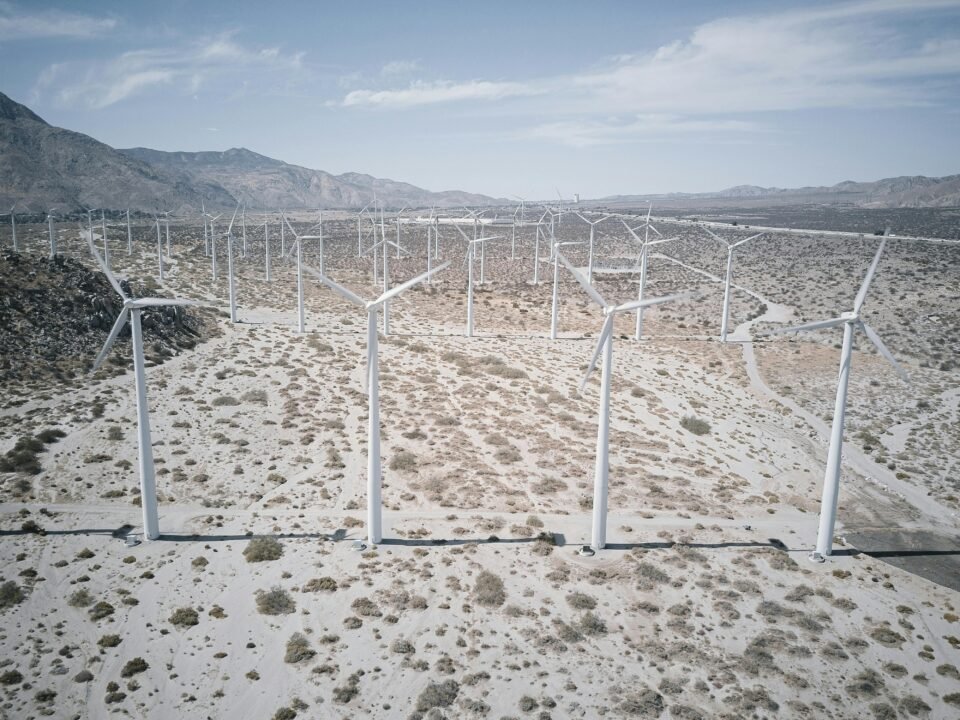
The Solar Revolution: How Solar Energy is Reshaping the Energy Landscape
September 29, 2023
Wind Energy: A Powerful Force Driving the Green Economy
September 29, 2023In the pursuit of a sustainable future, the role of renewable energy sources like wind and solar power is undeniable. However, harnessing these intermittent sources effectively while ensuring a stable energy supply requires a balancing act. Hybrid renewable energy projects have emerged as a solution, combining different sources to optimize energy production while reducing the environmental impact.
Understanding Hybrid Renewable Energy
Hybrid renewable energy projects integrate two or more renewable energy sources into a single system. The most common combinations involve solar and wind power, but hydropower, geothermal, and biomass can also be part of the mix. These projects aim to exploit the complementary nature of different energy sources, compensating for their intermittency and maximizing overall efficiency.
The Advantages of Hybrid Renewable Energy
- Steady Energy Supply: By combining multiple energy sources, hybrid projects can provide a more stable and consistent energy supply, reducing the reliance on any single source’s intermittent nature.
- Improved Energy Capture: Different sources may peak at different times or under varying conditions. By combining them, hybrid systems can capture energy from one source when the other is less productive, ensuring a more continuous power generation.
- Enhanced Energy Reliability: Reliability is crucial in the energy sector. Hybrid systems are less vulnerable to disruptions, as a failure in one source does not necessarily lead to a complete shutdown.
- Increased Energy Production: The synergy between multiple energy sources often results in increased overall energy production. This means more renewable energy is generated, further reducing greenhouse gas emissions.
Types of Hybrid Renewable Energy Projects
- Wind-Solar Hybrids: Combining wind and solar power is one of the most common hybrid configurations. Solar panels can generate electricity during the day when the sun is shining, while wind turbines can operate both day and night, often when solar production decreases.
- Solar-Hydro Hybrids: In regions with access to water resources, solar-hydro hybrids combine the intermittent power of solar with the reliability of hydropower. Excess solar energy can be used to pump water into a higher reservoir, which is released to generate electricity when needed.
- Wind-Storage Hybrids: Pairing wind power with energy storage systems, such as batteries, ensures that excess wind energy can be stored for use when the wind isn’t blowing. This improves the reliability and consistency of energy production.
- Geothermal-Biomass Hybrids: In regions with access to both geothermal and biomass resources, combining these sources can provide a steady supply of renewable energy. Geothermal provides a stable base load, while biomass can be used to meet peak demand.
Global Examples of Hybrid Renewable Energy Projects
- The Flinders Island Hybrid Energy Hub (Australia): This project combines wind, solar, and energy storage to power the entire Flinders Island community, reducing their dependence on diesel generators.
- The Ta’u Microgrid (American Samoa): Tesla’s solar and energy storage solutions are paired with existing diesel generators to supply power to the remote island of Ta’u. This project has reduced diesel consumption significantly.
- The Qinghai-Henan Ultra-High Voltage Direct Current Project (China): This ambitious project integrates multiple renewable sources, including wind, solar, and hydropower, into a vast transmission network to deliver clean energy across the country.
Challenges and Future Prospects
While hybrid renewable energy projects offer numerous benefits, they are not without challenges. Integration, grid management, and the high initial costs of some technologies can be obstacles. However, as technology advances and economies of scale are realized, these challenges are gradually being overcome.
The future of renewable energy lies in these innovative and adaptable hybrid projects. As we strive for a cleaner and more sustainable energy landscape, the balancing act between different sources will continue to play a pivotal role in optimizing energy production and reducing our environmental impact. Hybrid renewable energy is a dynamic solution, emblematic of our commitment to a greener and more sustainable future.




